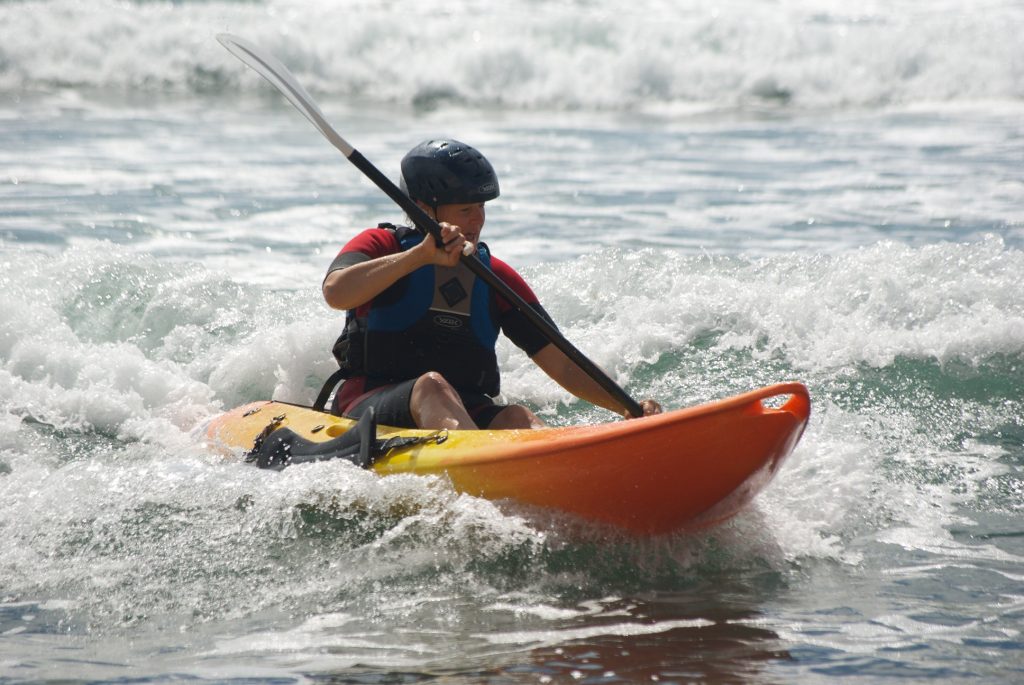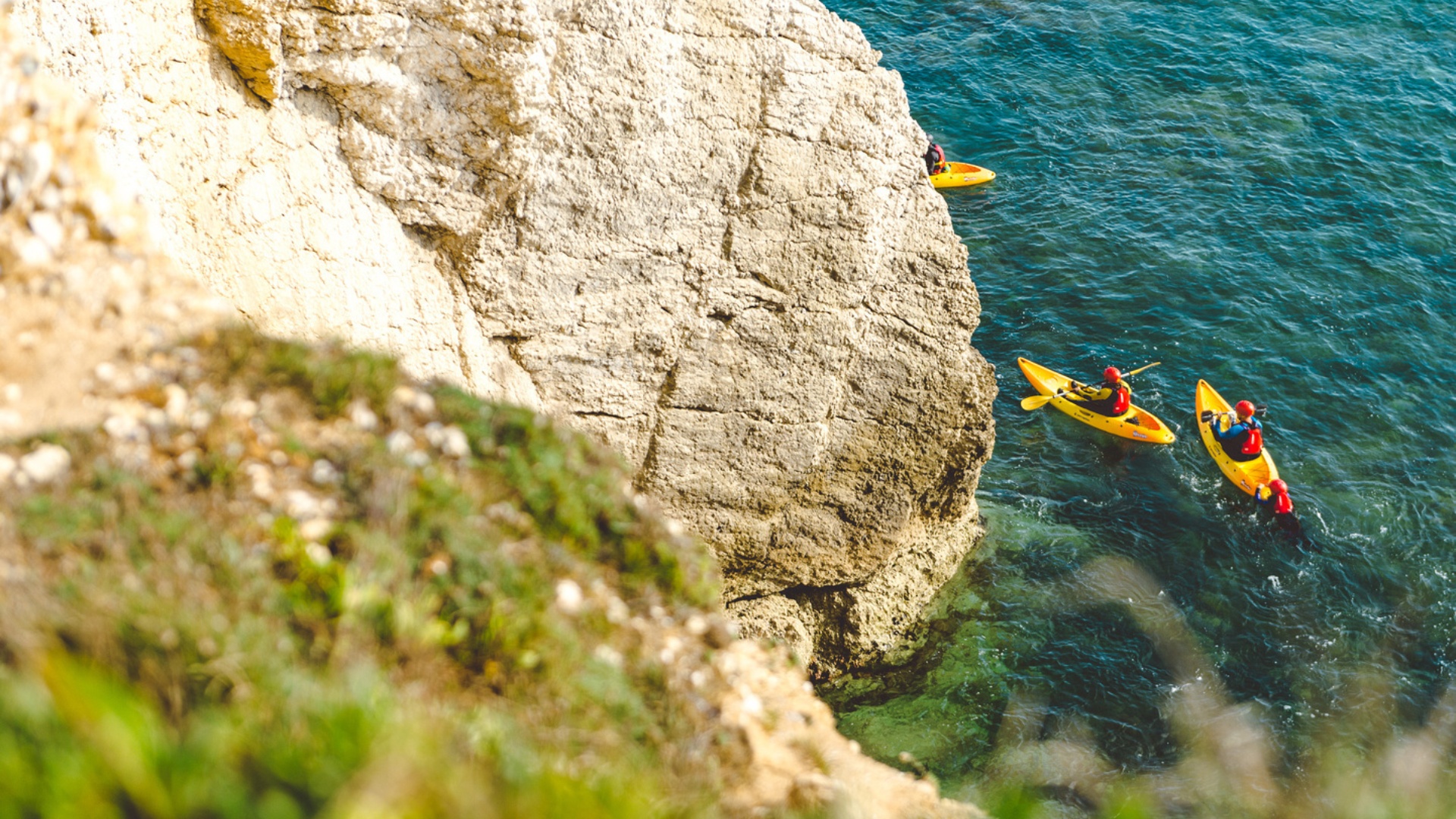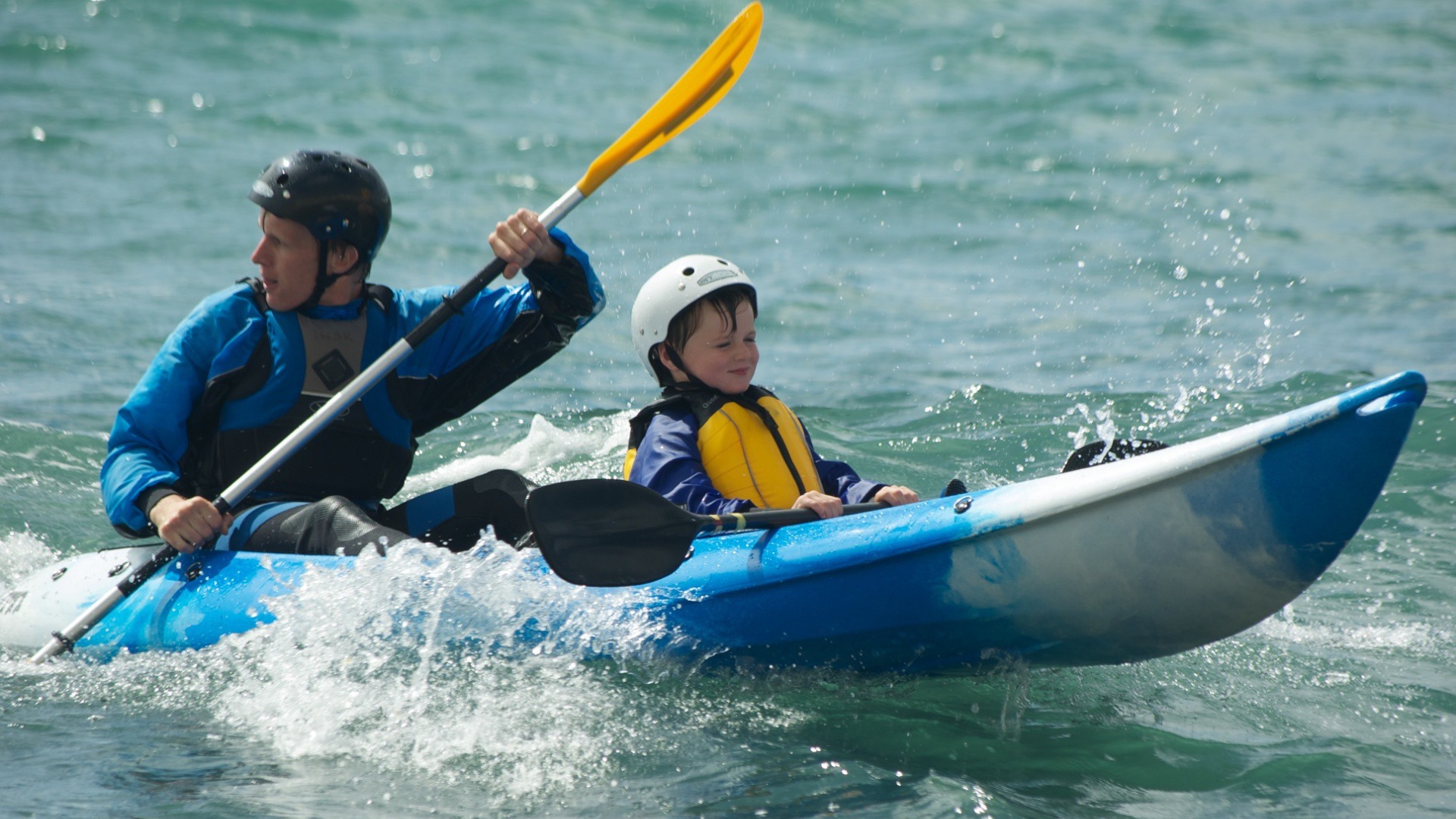Canoeing and kayaking on the Isle of Wight
There’s something special about discovering the Isle of Wight by canoe or kayak.
Uncover a more quiet, intimate side of the Island as you glide through peaceful estuaries, explore hidden sea caves or paddle alongside dramatic cliffs.
With its varied coastline, sheltered inlets and thriving marine life, the Island is one of the UK’s best destinations for getting out on the water.
And with Wightlink, bringing your own kit is easy on one of our three ferry routes – book today and start your canoeing or kayaking adventure.











